Parmesan is a classic hard Italian cheese. In its most widespread, valued and universal version today, it is produced from the milk of the Friesian cow: the classic black and white spotted cow introduced to the territory of Italy in the twentieth century.
But the breed traditionally used to make this cheese for centuries has been the Red Reggiana, with its triple capacity for milk, work and meat, probably introduced during the barbarian invasions.
Its milk yield is little more than half that of the Friesian, although she is of superior quality and this accounts for its abandonment, combined with the fact that its strength and ability to work became useless with the advent of tractors. Some small dairies in Italy still use the milk to produce high-quality cheese, hence the National Association of Reggiana Cattle Breeders.
But in order to obtain excellent quality milk and therefore cheese, perfect care is needed for feeding the cows, managing the cow farm, maintaining the milking systems, as well as for the health and welfare of the animals.
After the milk has been obtained, important indicators are evaluated, such as the qualitative and quantitative level of the proteins (especially casein) contained in it, the percentages of fat present, the total microbial load.
Parmesan is made with raw milk and therefore necessarily contains mesophilic lactic bacteria, naturally present in milk, or even starter lactic bacteria. Also important is the reactivity of caseins to the processing of dairy products, as well as the complete absence of fermentation inhibitors (for example, antibiotic residues that are able to prevent bacterial action).
From the cow farm to the dairy, the milk is stored and transported at temperatures no lower than 18°C, so that the the local mesophilic milk flora doesn't change, i.e. the one naturally present in milk. As already highlighted, the parmesan milk does not undergo pasteurization heat treatment and is therefore transformed raw in order to preserve all the richness of its milk flora.
See also some ideas for cooking with Parmesan cheese:
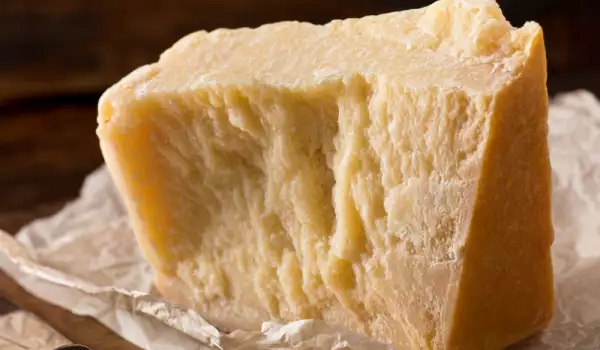



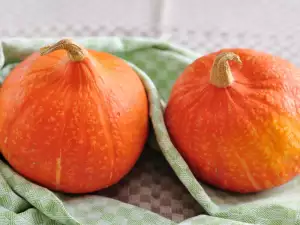
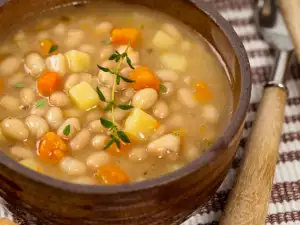

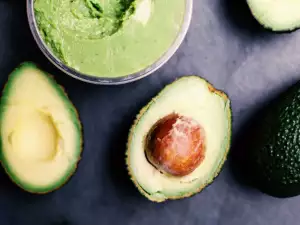
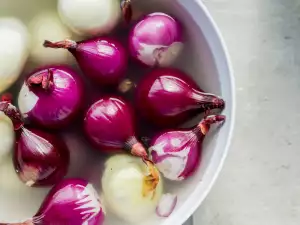

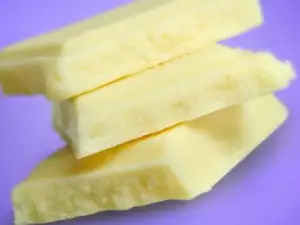








Comments